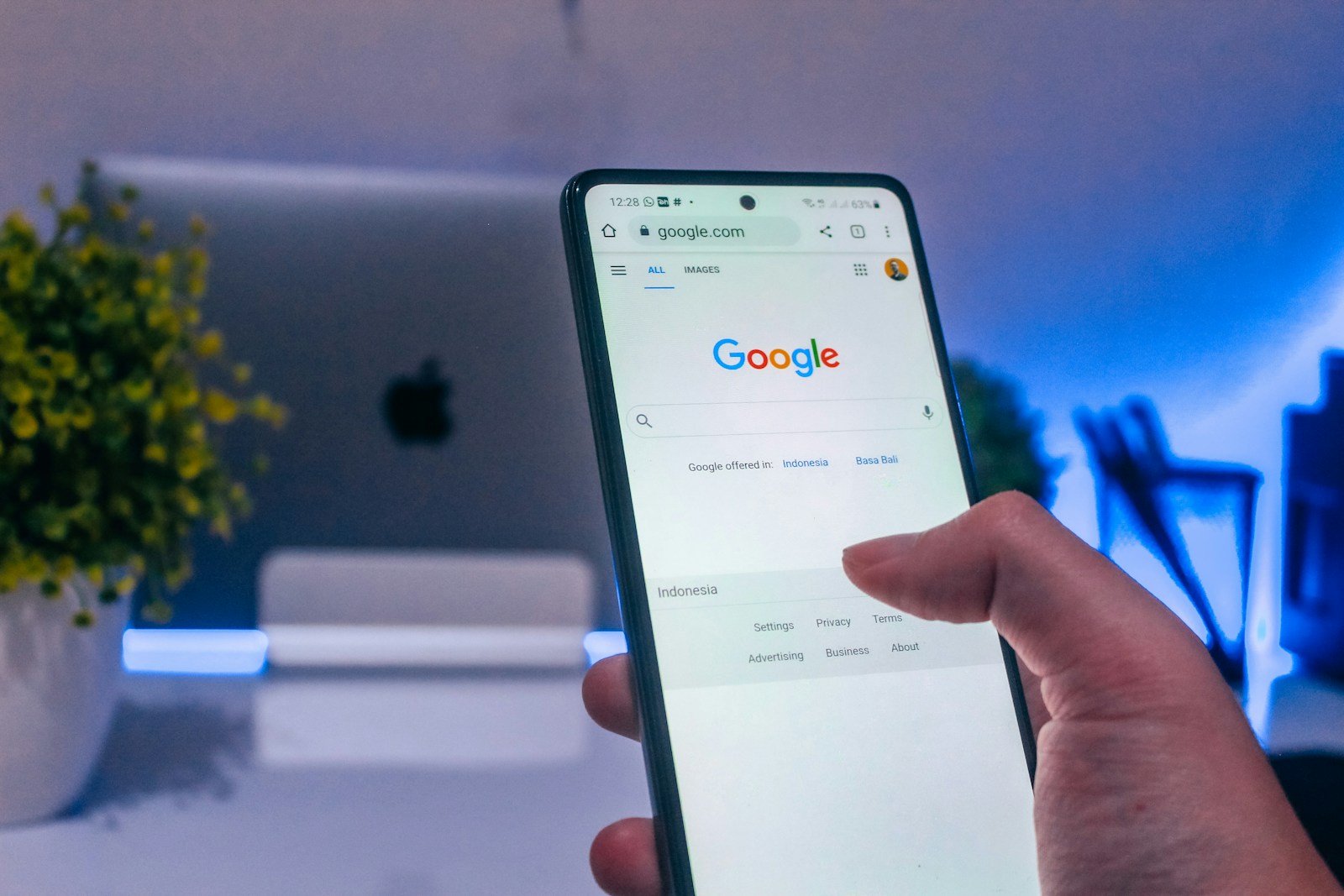Hello and welcome to the Mavit Digital blog! Today, we are talking about a very important topic for any website. Have you noticed how everyone uses their phones for everything? And how many people now talk to their phones using Siri or Google Assistant?
The way people search is changing. Because of this, Google has also changed how it looks at websites. It now uses mobile-first indexing and voice-first indexing. These might sound like big, complicated words. But do not worry! We at Mavit Digital will explain them in simple terms. This guide will show you how to make your website friendly for both mobile and voice search.
What Does “Indexing” Mean?
First, let’s understand the word “indexing.” Imagine Google is a giant library. For this library to help you find a book, it needs a giant catalog. This catalog lists every book and what it is about.
Search indexing is Google’s way of making that catalog. It sends out bots (like little robots) to look at every website and every page. These bots read the page and then add it to Google’s giant catalog. When you search for something, Google quickly looks through its catalog to find the best pages for you.
Also Read: How a Strong SEO Strategy Can Save You Money on Ads
Now, let’s see how this cataloging has changed.
Part 1: Understanding Mobile-First SEO
What is Mobile-First Indexing?
A few years ago, Google’s bots mostly looked at the desktop version of a website to add to its catalog. But now, most people use Google on their phones. So, Google decided to change its rule.
Mobile-first indexing means that Google’s bots now look at the mobile version of your website first. They use the mobile version to decide what your site is about and where it should rank in search results. If your website is bad on a phone, it will not rank well, even if the desktop version is perfect.
Think of it like this: Your mobile site is now the main entrance to your house. You want that entrance to look its best!
How to Optimize for Mobile-First SEO (Simple Steps)
Making your website ready for mobile-first indexing is not as hard as it sounds. Here is what you need to do:
1. Make Your Website Responsive: This is the most important step. A responsive website means it automatically changes its shape and size to fit any screen – a big desktop monitor, a tablet, or a small phone. The text, images, and buttons all adjust so they are easy to see and use on a phone.
2. Speed is Everything: People get impatient on the internet. If your website takes more than a few seconds to load on a phone, people will leave. Google knows this and likes fast websites. You can make your site faster by making image files smaller and using clean, simple code.
3. Easy-to-Tap Buttons: On a phone, we use our fingers, not a mouse. Your buttons and links need to be big enough for someone to tap easily. If buttons are too small and close together, it is frustrating for the user. Google does not like to send people to frustrating websites.
4. Simple and Readable Text: Do not use tiny, cramped text. Use a font size that is easy to read on a small screen without having to zoom in. Also, break up your text with short paragraphs and headings. Big blocks of text are hard to read on a phone.
At Mavit Digital, we check every website to make sure it is fast, responsive, and easy to use on a mobile phone. This is the first step to doing well in Google’s catalog.
Also Read: How to Rank in ‘People Also Ask’ Boxes Effectively

Part 2: Understanding Voice-First SEO
What is Voice-First Indexing?
Now, let’s talk about the future: voice search. More and more people are using their voices to search. They say things like:
- “Hey Google, where is the best pizza near me?”
- “Okay Google, how do I make pancakes?”
- “Siri, what is the weather today?”
This is called voice search. Voice-first indexing is Google’s way of making its catalog better for these spoken questions. It wants to find the best, most direct answer to read aloud to the user.
How is Voice Search Different?
Typing a search and speaking a search are very different.
- Typed Search: weather new york
- Voice Search: “What is the weather going to be like in New York City today?”
Voice searches are longer, they are full questions, and they sound more natural, like how we talk. This is why we need voice-first SEO.
How to Optimize for Voice-First SEO (Simple Steps)
To help your website answer these questions, you need to think like someone talking.
1. Target Question Keywords: Think about the questions your customers ask. Use words like Who, What, Where, When, Why, and How. For example, instead of just writing about “pancake recipe,” create content that answers “How do I make easy fluffy pancakes?”
2. Write in a Natural, Conversational Tone: Write how you speak. Use simple words and full sentences. Answer questions directly and clearly. If someone asks a “how to” question, give them step-by-step instructions.
3. Use a FAQ Section: A Frequently Asked Questions (FAQ) page is perfect for voice-first SEO. It is a list of questions and direct answers. This is exactly what voice search assistants like Google Assistant are looking for. They often read the answer from an FAQ section.
4. Claim Your Local Business Listing: If you have a local business, this is very important. Many voice searches are for local things. “Where is a hardware store near me?” Make sure your business name, address, and phone number are correct on Google My Business. This helps Google find you for local voice searches.
The team at Mavit Digital specializes in finding the right questions your customers are asking and helping you create content that provides the perfect answers.
Also Read: SEO Agency Vancouver: How to Boost Your Online Presence
How Mobile-First and Voice-First Work Together
You might have noticed that these two ideas are connected. How?
Most voice searches are done on mobile phones! So, if your website is not optimized for mobile, it will never have a chance to be the answer for a voice search.
Think of it as a two-step process:
- Mobile-First: Google checks if your website is good on a phone. If it is, your site is allowed into the important catalog.
- Voice-First: Then, Google looks at the good mobile websites to find the best one that answers a spoken question in a clear, natural way.
You need both to succeed.
Also Read: Mississauga SEO Services: The Best SEO Strategies for Local Businesses
Conclusion: Your Path to Modern Search Success
The world of search is always changing. It moved from desktop to mobile. Now it is moving from typing to talking. To keep your website visible and successful, you need to keep up.
To summarize:
- For Mobile-First Indexing: Make sure your website is fast, easy to use, and looks great on a phone.
- For Voice-First Indexing: Create content that answers people’s questions in a simple, conversational way.
By focusing on both mobile-first SEO and voice-first SEO, you make sure your website is ready for today and for the future. You make Google happy, and you make your visitors happy.
This might feel like a lot of work. But you do not have to do it alone. This is what we do at Mavit Digital. We help businesses just like yours make their websites perfect for modern search indexing. We make sure your site is built for phones and ready to answer your customers’ questions.



